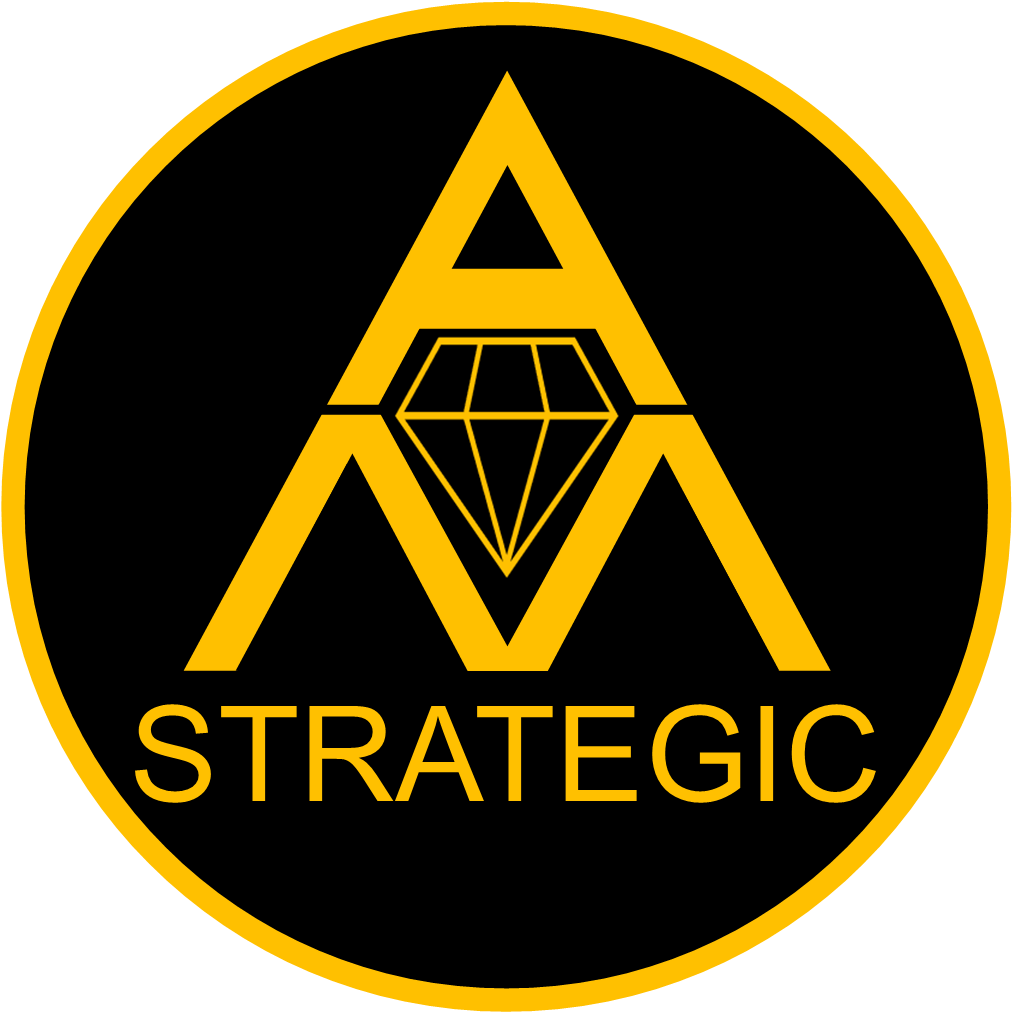Introduction: A Sector in Transition
In a recent LinkedIn article, I explored the topic of how universities are moving from gatekeepers of knowledge to guides for learning — a transformation that’s reshaping the purpose, design, and strategy of higher education itself.
This shift is not simply about technological transformation or access. It’s about a fundamental change in how value is created, delivered, and perceived within education systems. As knowledge becomes more open and distributed, universities are being challenged to reimagine their role: not as endpoints of learning, but as enablers of lifelong growth and partnership.
At AM Strategic, we’ve observed three key transitions shaping this evolution — each demanding new thinking, new structures, and new strategic approaches.
1. From Knowledge Control to Knowledge Facilitation
For centuries, universities controlled access to verified knowledge. Academic grade research was only reserved for higher education institutions as they had access to vast academic journals, statistical services and publication software, and state funded subsidies. Comfortably fortified by curriculum design, accreditation, and academic publishing positioned them as gatekeepers of expertise.
Today, that monopoly has fractured. Learners can access world-class lectures, simulations, and certifications online — often for free. The strategic opportunity now lies in facilitating learning journeys, not just delivering content.
Institutions that thrive in this model act as curators and connectors, guiding learners through complexity rather than controlling the flow of information. This calls for investment in learning experience design, personalised pathways, and the integration of real-world problem-solving within the curriculum. The experience of learning will heavily influence the student’s choice in choosing learning paths.
Strategic takeaway: Shift from curriculum ownership to learning ecosystem orchestration.
2. From Degrees to Lifelong Learning Ecosystems
The traditional degree remains valuable, but its dominance is waning. Learners increasingly want flexible, modular, and just-in-time learning experiences that adapt to changing careers. As learning experience designers, we need to identify these brief and often fragile moments when a student is ready to learn.
An old saying I have recited many times is, “When the student is ready, the teacher will appear.”, however, I have had to adapt this saying as it puts the responsibility solely on the student. How about, “When the teacher (facilitator) is ready, the student (learner) will be engaged”?
Forward-thinking universities are responding by developing stackable micro-credentials, professional networks, and lifelong alumni engagement platforms. This approach repositions the university as a lifelong partner in personal and professional growth — not a one-time credentialing stop.
And it’s happening now. The PoMiSA (The Potential of Micro-credentials in Southern Africa) project is a collaborative push from among leading Southern African and European universities, national councils, and strategic partners. On the Council on Higher Education website they state that PoMiSAs aim is to explore and leverage the transformative potential of micro credentials within the Southern African region.
Strategic takeaway: Extend the learner relationship beyond graduation to build sustainable value and loyalty.
3. From Institutional Walls to Partnership Networks
No university can thrive in isolation. The most innovative models now emerge through partnerships across industry, government, and technology sectors.
These collaborations enable universities to stay relevant, integrate applied research with societal needs, and ensure graduates are work-ready. For institutions, the strategic challenge is managing these networks effectively — aligning missions, governance, and data to deliver shared value.
Strategic takeaway: Build dynamic partnerships that blend academic credibility with real-world impact.
Looking Ahead: The Strategic Role of Universities
Universities are no longer the only doors to opportunity — but they remain vital guides in a noisy, fast-changing world. Their credibility, community, and mission give them a unique role in helping learners navigate complexity with integrity and insight.
For higher education leaders and policymakers, this transformation calls for strategic clarity, design thinking, and cultural agility. It’s not about preserving tradition; it’s about reimagining purpose. In the South African context, an emerging 3rd world setting can be the perfect bedding grounds for such change to take root. Is it not in these contexts that countries are hungrier and more open for change? “Underdeveloped” economies can be seen as blank canvases of possibility, rather than trying to change century old educational institutional traditions in “developed” economies. What I am saying is, there is still a lot of untapped potential in the South African context.
Let’s Continue the Conversation
At AM Strategic, we support institutions navigating digital transformation, learning innovation, and strategic renewal.
If you’d like to explore how these ideas apply to your context, connect with us or read the full LinkedIn article here.
